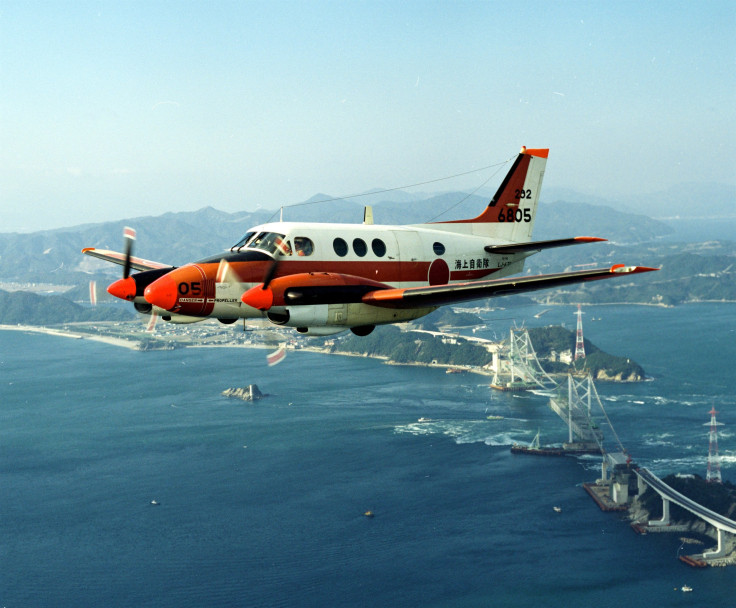South China Sea Dispute Update: Japan Expanding Aircraft Patrols Of Contested Waters Amid China Tensions

Japan has announced it intends to increase its presence in the South China Sea with aircraft patrols along key routes, the Diplomat reported. With tensions high in the region, the U.S. is sending a guided-missile destroyer to Japan reports said Wednesday.
Japan is expected to patrol areas around Vietnam and the Philippines with P-3C aircraft returning back home from anti-piracy patrols around Somalia. The P-3C aircraft normally refuel in Thailand on return flights.
Japan’s government announced that return flights would now prioritize patrolling the contested sea as tensions remain high in the region. The planes have advanced monitoring abilities and will likely scan a large portion of the South China Sea. Both Japan and the U.S. have raised concerns over China’s expanding role in the region in recent months. The two countries held their first joint naval exercise in the region in October. Japan and the Philippines have also carried out a joint naval exercise.
“Japan will show its determination to strengthen its presence in the South China Sea, support the U.S. pivot-to-Asia strategy and coordinate its maneuvers in the disputes over the Diaoyu Islands in the East China Sea,” an official told Japanese newspaper Yomiuri Shimbun.
Beijing has continued to increase tensions in the region by landing planes on man-made islands in the Spratly chain earlier this month.
“It seems that the new strategically located islands reportedly constructed by China would give China more security leeway in the disputed waters and make it difficult for other forces to assert sea control,” said Jonathan Moss, head of transport at law firm DWF, speaking with Reuters.
The South China Sea is a key regional economic maritime area that accounts for vast amounts of trade. Brunei, China, Malaysia, the Philippines, Taiwan and Vietnam have all made claims over different areas of the contested waters.
© Copyright IBTimes 2025. All rights reserved.






















